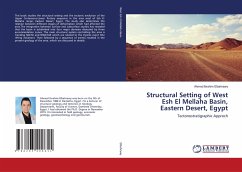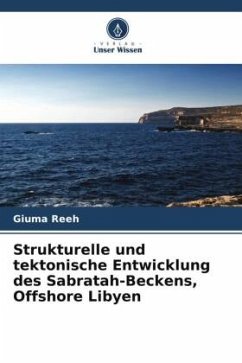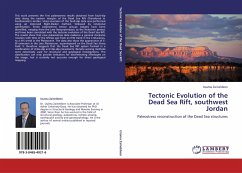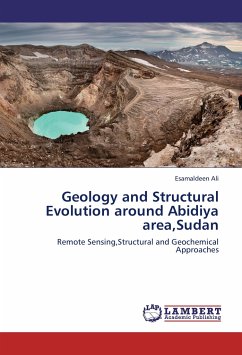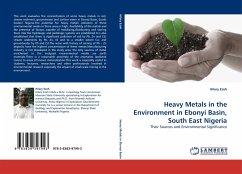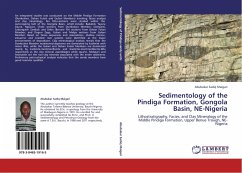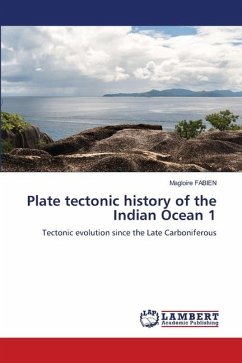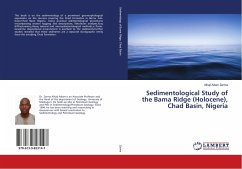
Structural and Tectonic Evolution of Sabratah Basin, Offshore Libya
Versandkostenfrei!
Versandfertig in 6-10 Tagen
44,99 €
inkl. MwSt.

PAYBACK Punkte
22 °P sammeln!
Dr Giuma Reeh provides an insightful geological investigation into the crustal structure, subsidence history and structural evolution of the Sabratha Basin, offshore NW Libya. An analysis of 2D and 3D reflection seismic supported by regional gravity and magnetic data, revealed a WNW-ESE trending extensional basin with thinned continental crust bounded by the coastal Jiffarah Fault zone to the south and South Graben Fault to the north. It developed as part of a regional right lateral shear system in response to the relative motion between the African and Eurasian continental plates during the l...
Dr Giuma Reeh provides an insightful geological investigation into the crustal structure, subsidence history and structural evolution of the Sabratha Basin, offshore NW Libya. An analysis of 2D and 3D reflection seismic supported by regional gravity and magnetic data, revealed a WNW-ESE trending extensional basin with thinned continental crust bounded by the coastal Jiffarah Fault zone to the south and South Graben Fault to the north. It developed as part of a regional right lateral shear system in response to the relative motion between the African and Eurasian continental plates during the late Palaeozoic-Cenozoic. Rifting and subsidence first started during the Permian with renewed periods of extension in the middle-late Triassic and Upper Cretaceous. Later intermittent reactivation of deep crustal faults,locally enhanced by Early Jurassic salt was responsible for en echelon anticlinal trends. The evaporites also provided a detachment surface for shallow listric faulting alongthe southern basin margin overriding the rifted terrain below. The work provides a very useful structural and stratigraphic framework for future hydrocarbon exploration in the region.



